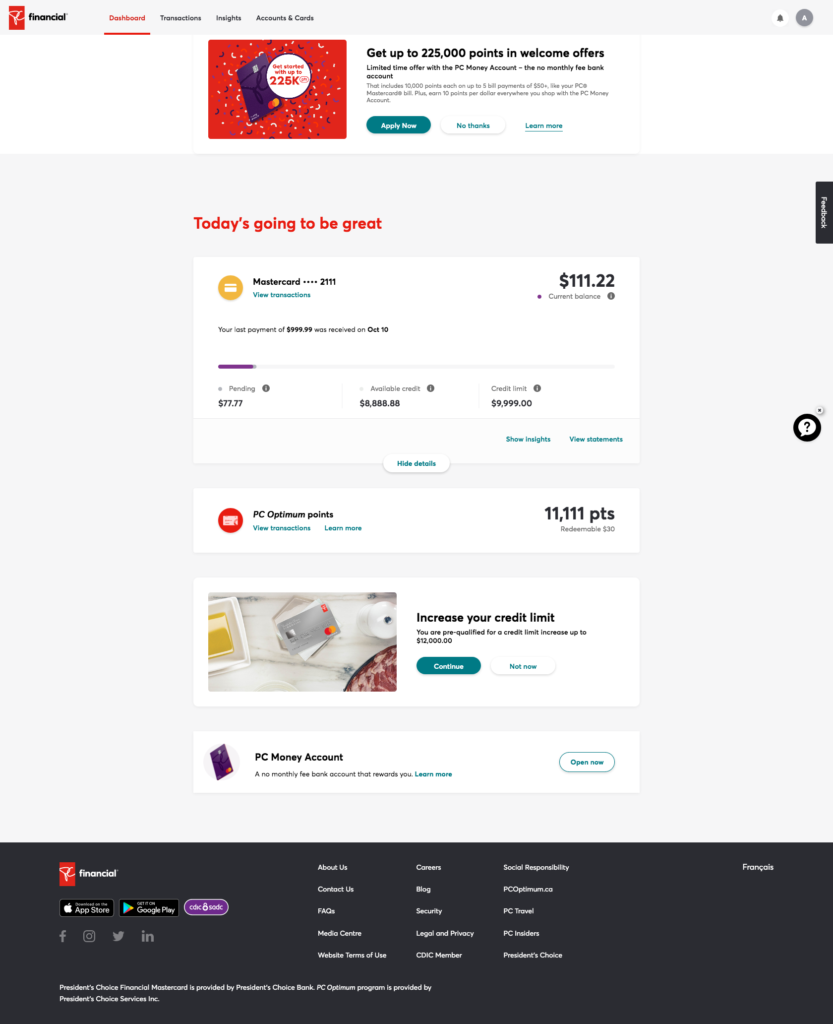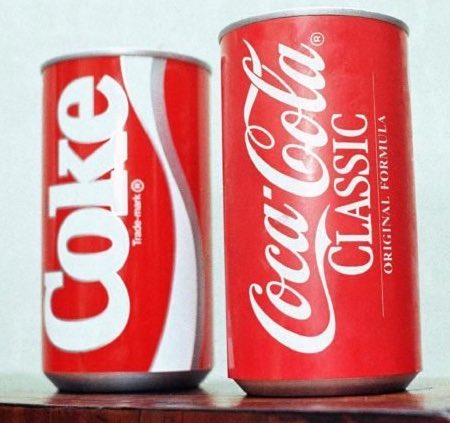I received an email today announcing the JetPack CRM (a plug-in for WordPress) and something finally snapped.
I’ve been holding this back for some time because I know of many good developers and clients out there who I love and respect, who are enthusiastic users of WordPress to the exclusion of all other CMS’s. I don’t want to offend anybody, but sometimes the truth needs to be told. So what’s the thing I’ve been wanting to say for so long?
WordPress is designed to be blog software and people who want a truly versatile web platform should look elsewhere. Word. Press. It is a press for words and it is way overused on the web. There, I said it.
Peek Under The Hood
(non-tech-heads feel free to skip this)
Log into WordPress and look at the top of the side menu. “Posts” is the top item (assuming you don’t have Jetpack installed). Get to know WordPress at a technical level and you eventually start to learn about an important feature called The Loop. What is the main function of it? To retrieve and display Posts. Yes, Pages are a good WordPress feature and essential to a basic website. However, look in the database and you discover that they are simply a special kind of Post. If you get into WordPress development you will likely have to learn about other Custom Post Types, because many plugins will piggyback on this system to store their own special data. The paradigm of handling posts is irreversibly embedded in WordPress and affects everything else that happens. Developers of plugins often have to piggyback on that system or replace it completely with their own application framework of choice.
Posts are ordered by date, and at the time of this writing you still have to install a special plugin simply to have the ability for custom ordering of posts. It seems strange that a “web platform” doesn’t provide this out of the box, doesn’t it? For a blog however, it makes sense.
Maybe I’m being melodramatic, because I am also going to say that no matter what system you use, you must understand its limitations and know that the more you add, the more cumbersome it will become to administer. If all you need is a simple information or marketing site with some news updates here and there, WordPress is fine and its Gutenberg editor and media manager are very good. Like an iPhone it will be easy to use and serve you well for many years. I have recommended it more than once, and I use it for this blog. On the other hand, like an iPhone rigged up to function as an audio recording studio you will soon wish for a better solution if you try to go much beyond what WordPress does out of the box.
Nicholas Dionysopoulos, a longtime developer of both WordPress and Joomla software, put it very well when he said, “Not every site fits in the watered-down, content creator-centric approach of WordPress.” He said it while extolling some of the virtues of the upcoming Joomla 4 release. I personally will often choose Joomla CMS to build websites. It simply does more out of the box and is actually easier than WordPress to administer, customise, and bend to your will when you know how. However I will also add that not even Joomla is perfect for every situation. It also can become unwieldy when not managed properly. There are plenty of other good solutions out there in the same way as there are diverse problems to be solved. The secret is choosing the solution wisely at first and try to future-proof your solution as much as possible. Here’s some tips on how to do that:
Don’t be afraid of a learning curve
Be willing to learn a different system even if you are more comfortable with another. You learned it once already and you can have fun doing it again!
Decouple if possible, but only if the connections are good
While there are useful plugins for WordPress or components for Joomla, I often recommend using external services for certain features. For example, Mailchimp is bullet-proof for mass mailings and integrates nicely with a lot of other services. There are very good CMS-only stores which let you customise completely, but external stores like Ecwid or Shopify can be better sometimes. They are easy to integrate with many different websites and can make it easier for you to integrate with other systems such as Wal-Mart or certain dropshipping providers. Furthermore if you need to change your website CMS later on you will not suffer from so many migration woes later.
Don’t be afraid of minor expenses
A small investment in the right tools now can help you avoid more headache and expense in the future. This might mean paying a small fee for a high-quality plugin, or a small monthly fee for an external service. An elderly co-worker of mine once advised me, “the quality will be remembered long after the price is forgotten”. This is true.
Don’t be afraid to bring in the pros
Sometimes you don’t have the time to learn about all this tech stuff. If you tap into the right professional you can sometimes save hours of time crafting a solution. I was reminded of this today when I phoned a draftsperson about a potential house improvement project. He rattled off point after point of useful ideas to consider. I left wishing he had billed me for the advice.
Be tough on your web developer
Whoever builds your website, ask them for the rationale behind their tech decisions. If they only do WordPress, chances are it’s because it’s all they know. If the website is bundled with a larger marketing program, don’t be afraid to inquire about using another contractor for the technical work.
Conclusion
Where was I going with all this? Oh yeah. Please don’t use WordPress as a CRM. You owe it to yourself.


